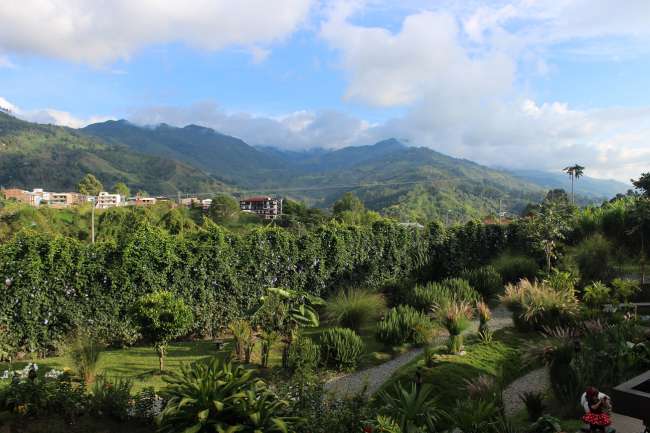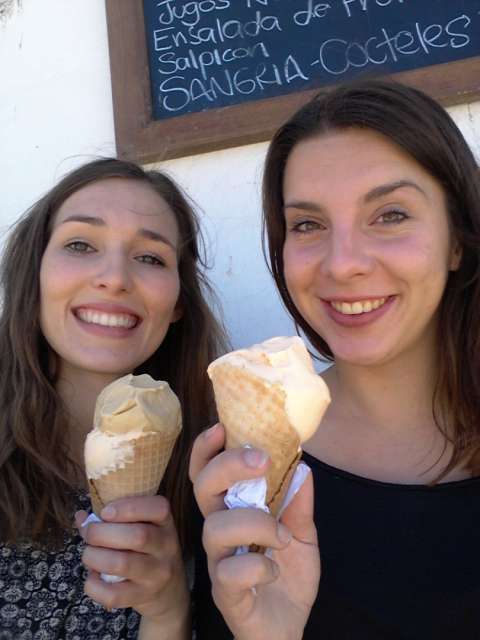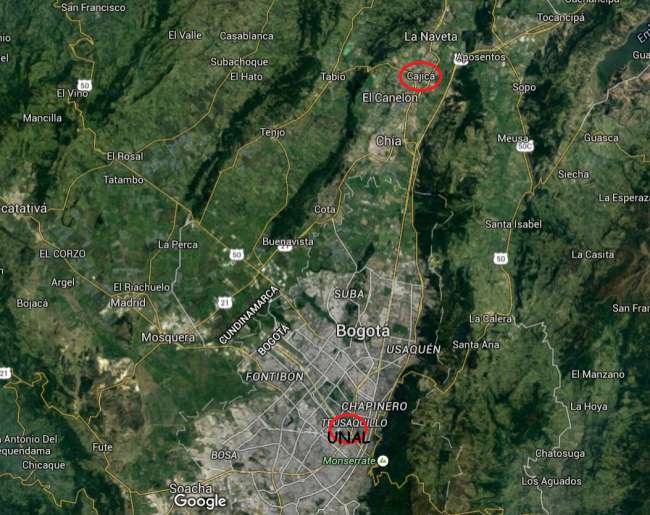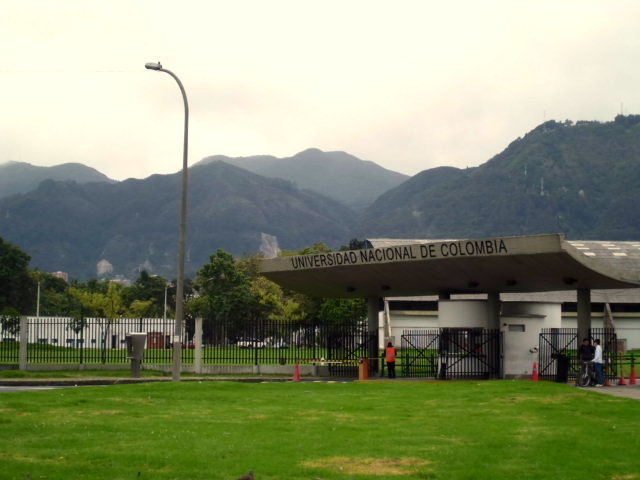Experiences with the Flota
Pibliye: 23.07.2016
Abònman nan bilten
Cajicá is located approximately 30 kilometers north of Bogotá. So, if you are an exchange student and don't have your own car, how do you get to the university? Good question! Take the FLOTA! What is the 'Flota'? The Flota is a small bus that you can take to travel from village to village or to the larger cities. So far, so good. Optimistic and adventurous, as an exchange student tends to be, you simply go to the nearest bus stop and wait for such a bus to pass by. There are no fixed schedules here. The bus approaches and if you want to board, you wave it down. If the bus is already too full, it will simply continue and you usually don't have to wait longer than 15 minutes for the next one to arrive. However, you should always ask first if the bus goes where you want to go. In my case: 'Portal de Norte, Bogotá'.
In the bus, you don't pay directly to the driver but to a man whose function is to shout out where the bus is going from outside and then collect the money from the people. So you simply get on and wait until that man comes to take your money.
The first time I took the Flota to the Portal, we stopped right there. The second time, and the confusion was great, we didn't stop there. The bus stopped outside the Portal and I was shocked: am I even in the right place or have I gotten lost again? But luckily, the people here are always very helpful and there is always a mom who recognizes the confused and lost expression on someone's face and is happy to tell you where to go. In my case, just across the street.
From the Portal, you take the 'Transmilenio', the city buses. Since you don't really know your way around at the beginning and most buses don't display or announce the stops, you just have to count the stops. The only problem is when you are talking to someone while doing so, counting can be easily forgotten. After a lengthy discussion (in German) with my friend Lisa about whether we have gone too far or whether we should just get off and figure out where we are from there, we are approached by a nice young man who says in Spanish: 'you have to get off at the next one' to our confused look (because we didn't expect anyone to understand us), he says: 'todos entendemos todo'. (which means 'everyone understands everything here')
The journey to the university is now completed, so nothing can go wrong.
HAHA. Think again.
The return journey:
The way to the Portal, no problem, because it is a large bus stop that you can easily recognize without any problem. But: where does the right Flota depart from? After a long search, we finally find a Flota that can take us to Cajicá. The only problem is, Cajicá has two possible bus stops. Cajicá de la Variante - my stop, and a stop whose name I have forgotten.
The problem now is that - if you are unlucky - you might get a bus driver or a bus attendant who mumbles or whom you simply can't understand, and when it comes down to it, they don't even announce the stop. Because there are no stop signs here either. So you look out the window intensely and hope to recognize something that looks familiar, so that you can get off at the right place.
La Variante is only 5 minutes away from my apartment. An easy route to remember, and I know it. But what do you do if you have forgotten the name of the right stop? You ask the bus driver and he simply says 'Yes yes, just ride with me, I'll stop directly in Cajicá'. But since he must have noticed that Lisa and I are clueless, he says he will just let us off in the center of Cajicá. Fortunately. The bus attendant tells us when we have to get off and also explains the way to the church square. With one last doubtful look at us, he continues on - and how right he was! Of course, we got lost!
But all in all, it can be said that taking the bus here is an adventure but with some practice and the helpfulness of the people, it's not a big deal.
Yours, Johanna 23.07.2016
Abònman nan bilten
Repons

Rapò vwayaj Kolonbi



